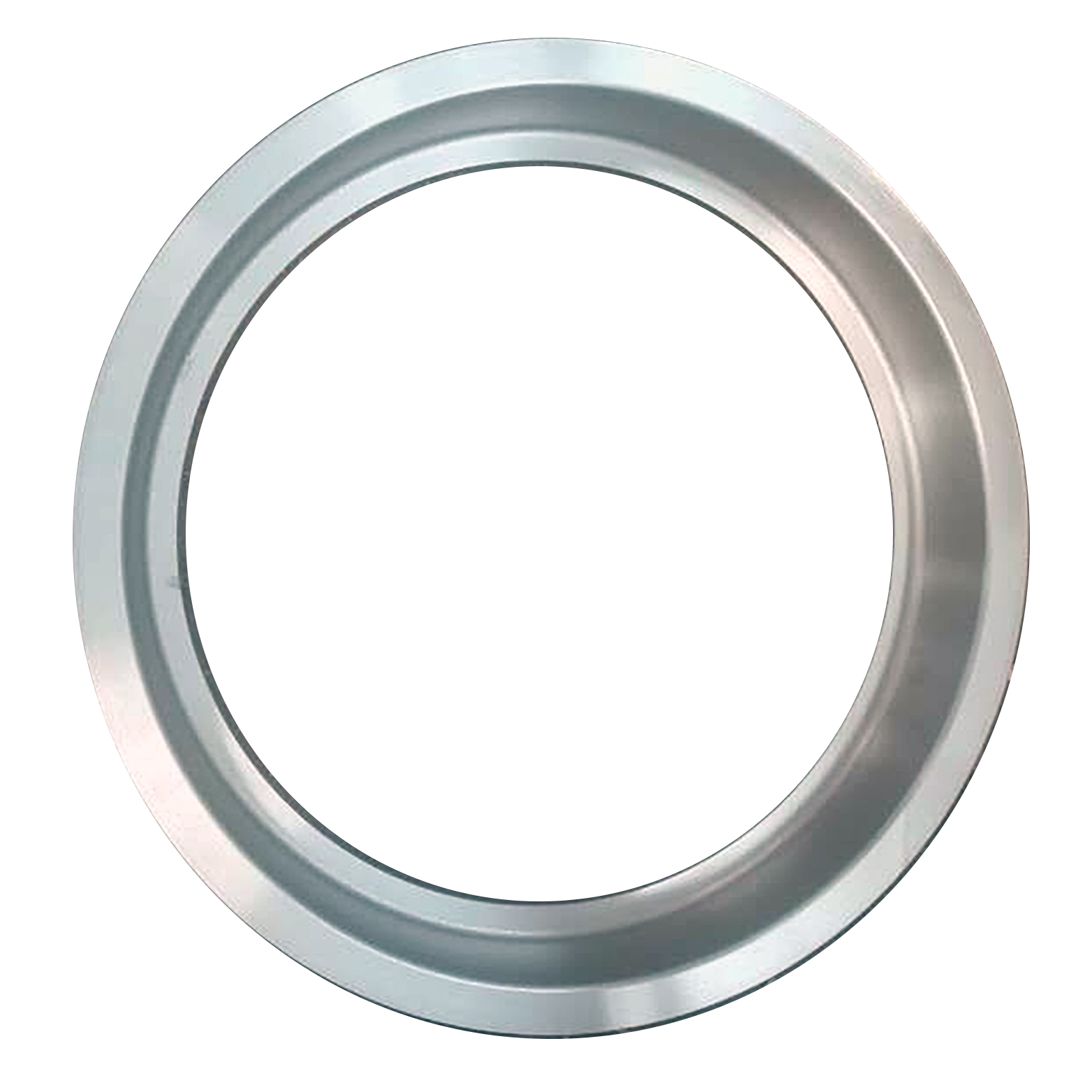11-р сар . 11, 2024 14:47 Back to list
casting of iron and steel
Casting of Iron and Steel Techniques, Applications, and Innovations
Casting is a fundamental process in metallurgy, particularly in the production of iron and steel. This method involves pouring molten metal into molds to create intricate shapes and structures, playing a crucial role in various industries, including automotive, construction, and machinery. Understanding the casting of iron and steel provides insights into the advantages, techniques, and innovations in this essential field.
Historical Context
The history of casting can be traced back thousands of years, with ancient civilizations utilizing primitive methods to create tools and weapons. Iron casting gained prominence during the Iron Age, and the industrial revolution further propelled advancements in casting technologies. The development of steel casting in the 19th century brought about more durable and versatile materials, paving the way for modern applications.
Casting Techniques
There are several methods used in the casting of iron and steel, each offering unique advantages
1. Sand Casting This is one of the most common techniques. It involves creating a mold from a mixture of sand and a binding agent. The molten metal is poured into the mold, which is then removed to reveal the cast object. Sand casting is favored for its versatility and cost-effectiveness, particularly for small production runs.
2. Investment Casting Also known as lost-wax casting, investment casting provides high precision and excellent surface finishes. A wax pattern is coated in a ceramic shell that hardens. Once the shell is formed, the wax is melted away, leaving a mold for molten metal. This technique is widely used for intricate components in aerospace and medical industries.
3. Die Casting This method involves forcing molten metal under high pressure into reusable steel molds, or dies. It is primarily used for aluminum and zinc alloys but has applications in iron and steel as well. Die casting is known for producing parts with high dimensional accuracy and smooth surfaces, making it suitable for mass production.
4. Continuous Casting This modern method involves pouring molten metal into a mold that allows it to solidify as it is continuously drawn from the mold. Continuous casting is commonly used in steel production, enabling the mass production of steel slabs, billets, and blooms, thus reducing waste and lowering production costs.
casting of iron and steel

Applications of Cast Iron and Steel
Cast iron and cast steel are widely utilized due to their mechanical properties and versatility. Cast iron is known for its excellent machinability and resistance to wear, making it ideal for
- Cookware Such as skillets and Dutch ovens, known for their excellent heat retention and non-stick properties. - Pipe Fittings Used in plumbing and sewer systems because of their durability and corrosion resistance. - Automotive Components Including engine blocks and cylinder heads due to their ability to absorb vibrations.
Cast steel, on the other hand, exhibits superior strength and ductility, which makes it suitable for
- Structural Applications Such as girders, bridges, and buildings where structural integrity is a priority. - Heavy Machinery Components that require high strength and toughness, including mining and construction equipment. - Artistic Displays Sculptures and decorative elements that take advantage of both strength and aesthetic potential.
Innovations in Casting
Recent advancements in technology have significantly influenced the casting of iron and steel. Innovations such as computer-aided design (CAD) and three-dimensional (3D) printing have transformed the design and mold-making processes. Additionally, the integration of smart manufacturing and the Internet of Things (IoT) has enabled real-time monitoring and optimization of casting operations, improving efficiency and reducing defects.
Furthermore, the development of new materials and alloys enhances the performance characteristics of cast products. For example, ductile iron, which contains small amounts of nickel and copper, offers improved strength and ductility compared to traditional cast iron.
Conclusion
The casting of iron and steel remains a vital process in modern manufacturing. Through various techniques, this versatile method allows for the production of a wide range of components crucial to numerous industries. As advancements continue to emerge, the future of casting holds promises of increased efficiency, sustainability, and innovation, ensuring that these essential materials will remain relevant in an ever-evolving technological landscape.
-
Premium Cast Iron Water Main Pipe for Robust Infrastructure
NewsAug.27,2025
-
A-Rated Cast Aluminum Boilers: High-Efficiency Condensing Gas & LPG
NewsAug.26,2025
-
OEM Cast Silicon Aluminum Alloy Heat Exchanger | Custom & High Performance
NewsAug.25,2025
-
Centrifugally Cast Iron Water Main Pipe | Ductile Iron Solutions
NewsAug.24,2025
-
Durable Cast Steel Concrete Pipe Mold Bottom Rings & Base Trays
NewsAug.23,2025
-
Centrifugally Cast Iron Water Main Pipe for Reliable Mains
NewsAug.22,2025


